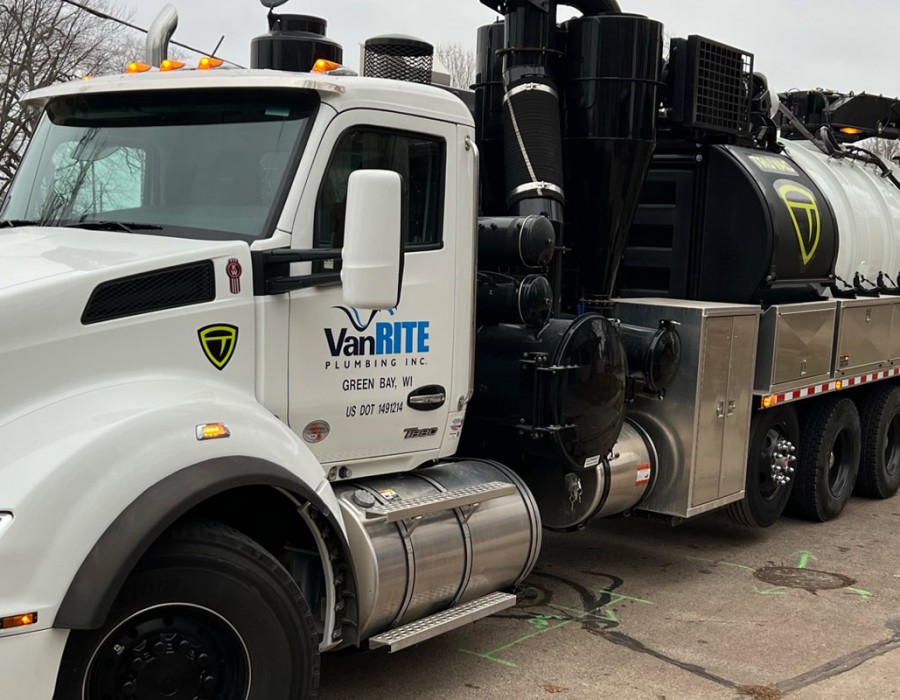Introduction:
In the world of plumbing and infrastructure, pipe lining stands as a revolutionary technique that has transformed the way we repair and maintain underground pipelines. With its innovative approach and remarkable benefits, pipe lining has become a game-changer in the industry, offering a cost-effective, efficient, and long-lasting solution to address pipeline issues. In this article, we will embark on a journey to discover the magic of pipe lining, unraveling its remarkable features and exploring how it has revolutionized the world of pipeline rehabilitation.
Understanding Pipe Lining:
Pipe lining, also known as cured-in-place pipe (CIPP) lining, is a trenchless technology that involves rehabilitating existing pipelines without the need for extensive excavation. It involves inserting a flexible lining material, typically impregnated with resin, into the damaged or deteriorated pipe. The liner is then inflated, allowing it to conform to the shape of the host pipe. Once cured, the liner forms a strong and durable new pipe within the existing one, effectively restoring its structural integrity and functionality.
The Magic of Trenchless Technology:
One of the most enchanting aspects of pipe lining is its trenchless nature. Unlike traditional pipe repair methods that require extensive excavation, pipe lining minimizes disruptions to the surrounding infrastructure, landscapes, and communities. This means reduced costs, shorter project timelines, and minimal inconvenience for property owners and the general public. The ability to rehabilitate pipelines with minimal excavation is nothing short of magic, as it allows for efficient repairs without compromising the integrity of existing structures.
Versatility and Adaptability:
Pipe lining offers remarkable versatility and adaptability, making it suitable for a wide range of pipeline rehabilitation needs. It can be used to address various issues, including cracks, leaks, root intrusion, corrosion, and even structural damage. The lining material can be customized to match the specific requirements of the pipeline, ensuring a tailored solution that meets the unique challenges of each project. This versatility allows pipe lining to be applied to different pipe materials, diameters, and configurations, making it a flexible solution for a diverse range of infrastructure systems.
Longevity and Durability:
The magic of pipe lining lies in its ability to restore pipelines to a like-new condition, ensuring longevity and durability. The cured-in-place liner creates a seamless, jointless pipe within the existing structure, eliminating potential weak points and areas prone to future damage. The lining material is designed to withstand the harsh conditions and demands of the pipeline environment, including corrosive substances, high-pressure systems, and temperature variations. As a result, pipe lining provides a long-lasting solution that extends the lifespan of pipelines, reducing the need for frequent repairs and replacements.
Environmental and Cost Benefits:
Beyond its technical advantages, pipe lining offers significant environmental and cost benefits. The trenchless nature of the technology reduces the carbon footprint associated with excavation, minimizing disruption to ecosystems and reducing waste generation. Additionally, pipe lining eliminates the need for costly and time-consuming traditional excavation methods, resulting in substantial cost savings for project owners. The magic of pipe lining lies in its ability to deliver sustainable, cost-effective solutions that benefit both the environment and the bottom line.
Conclusion:
Pipe lining has truly transformed the world of pipeline rehabilitation, bringing with it a touch of magic that revolutionizes the way we address infrastructure challenges. Through its trenchless approach, versatility, longevity, and cost-effective nature, pipe lining offers an innovative solution that minimizes disruptions, extends the lifespan of pipelines, and enhances sustainability. Embrace the magic of pipe lining and discover a world where underground infrastructure is restored and rejuvenated, ensuring a reliable and efficient flow for generations to come.
For more info :-





Comments